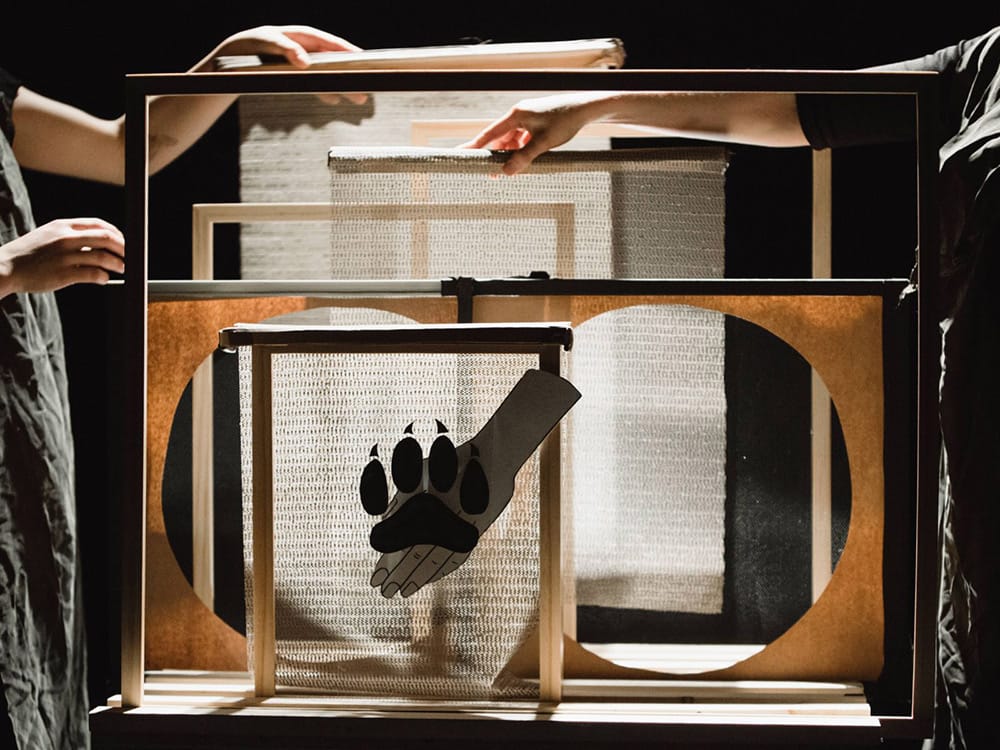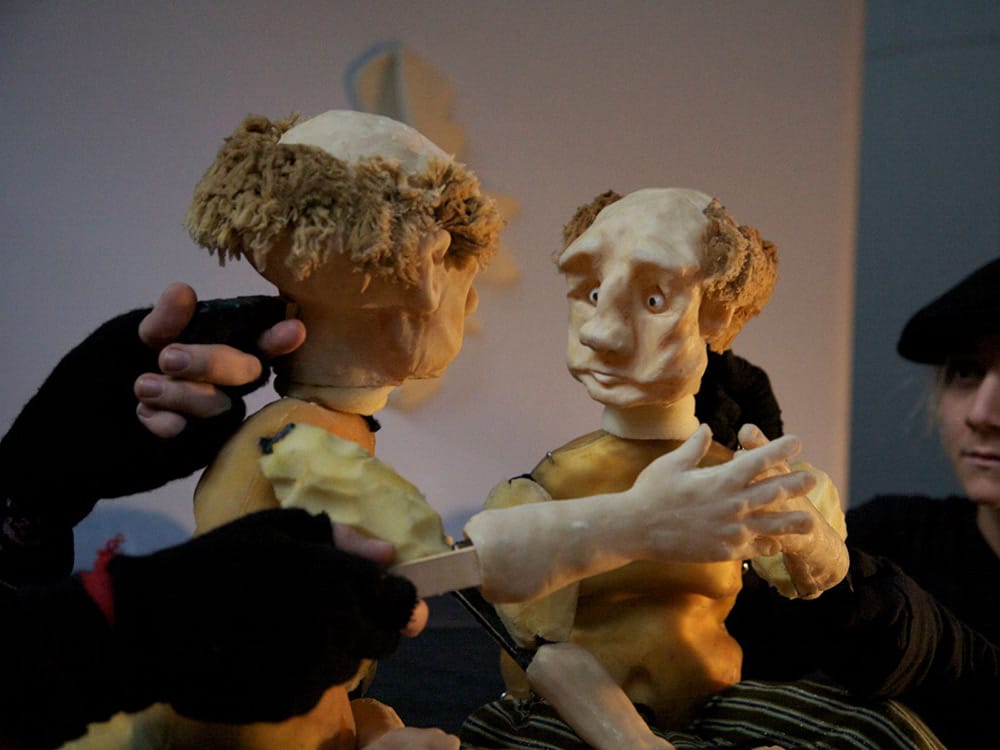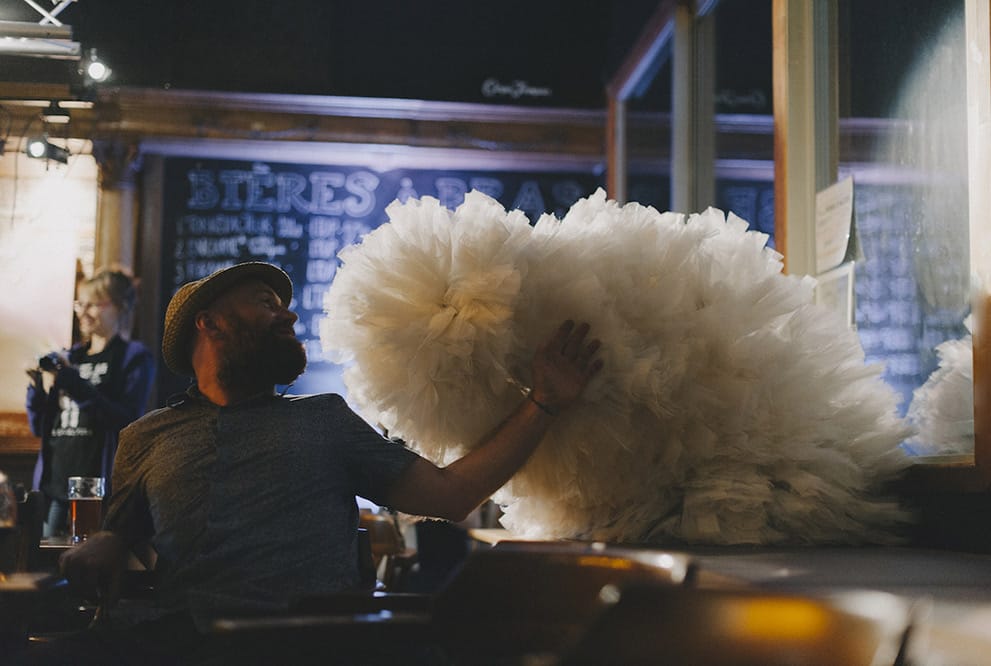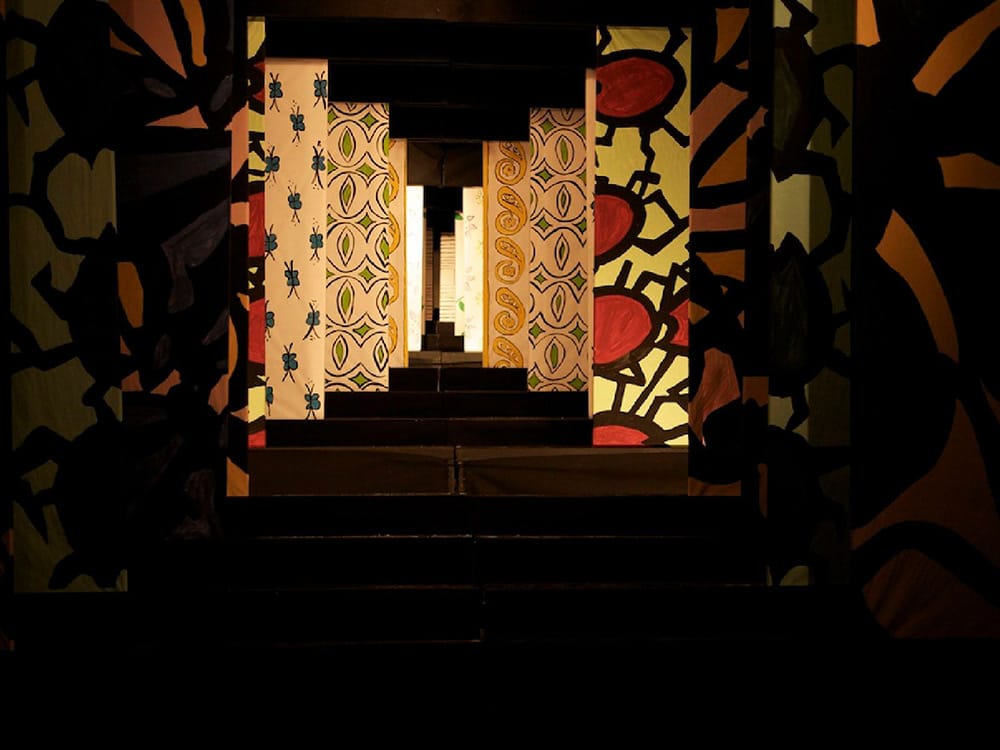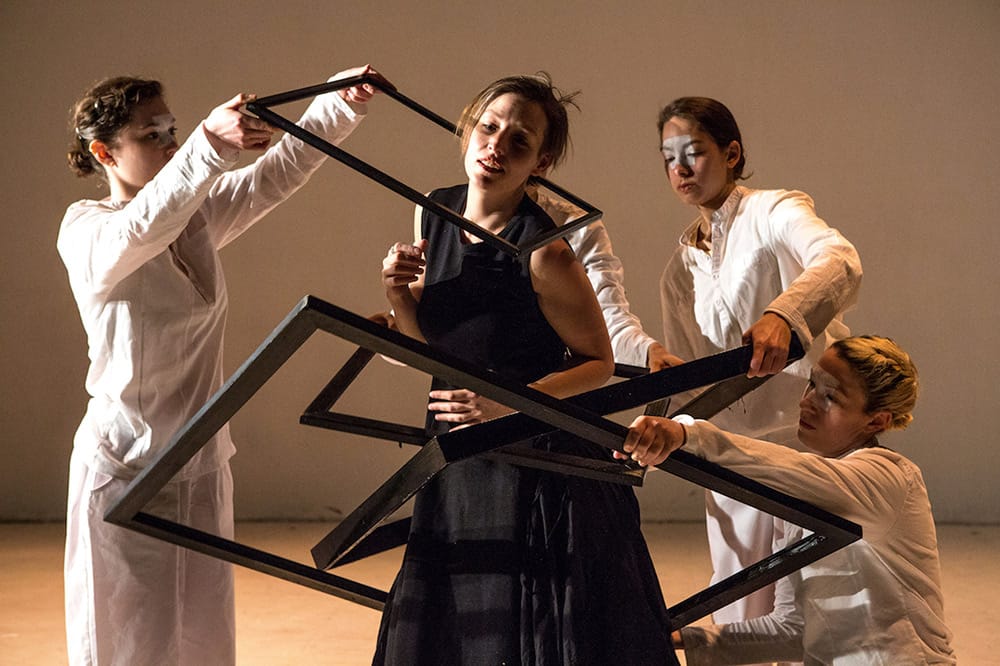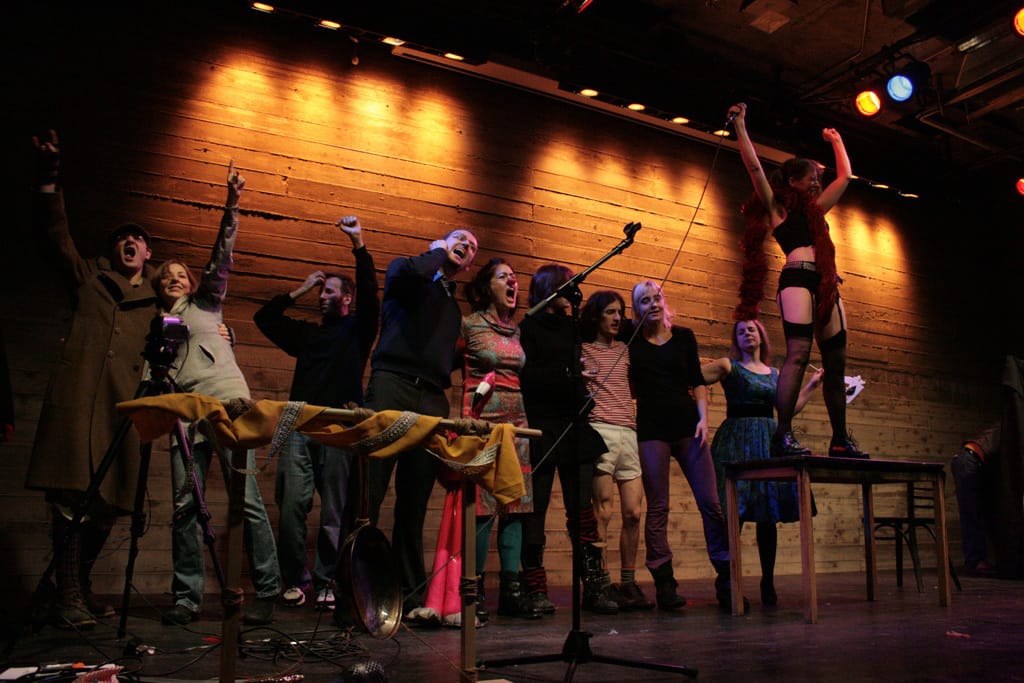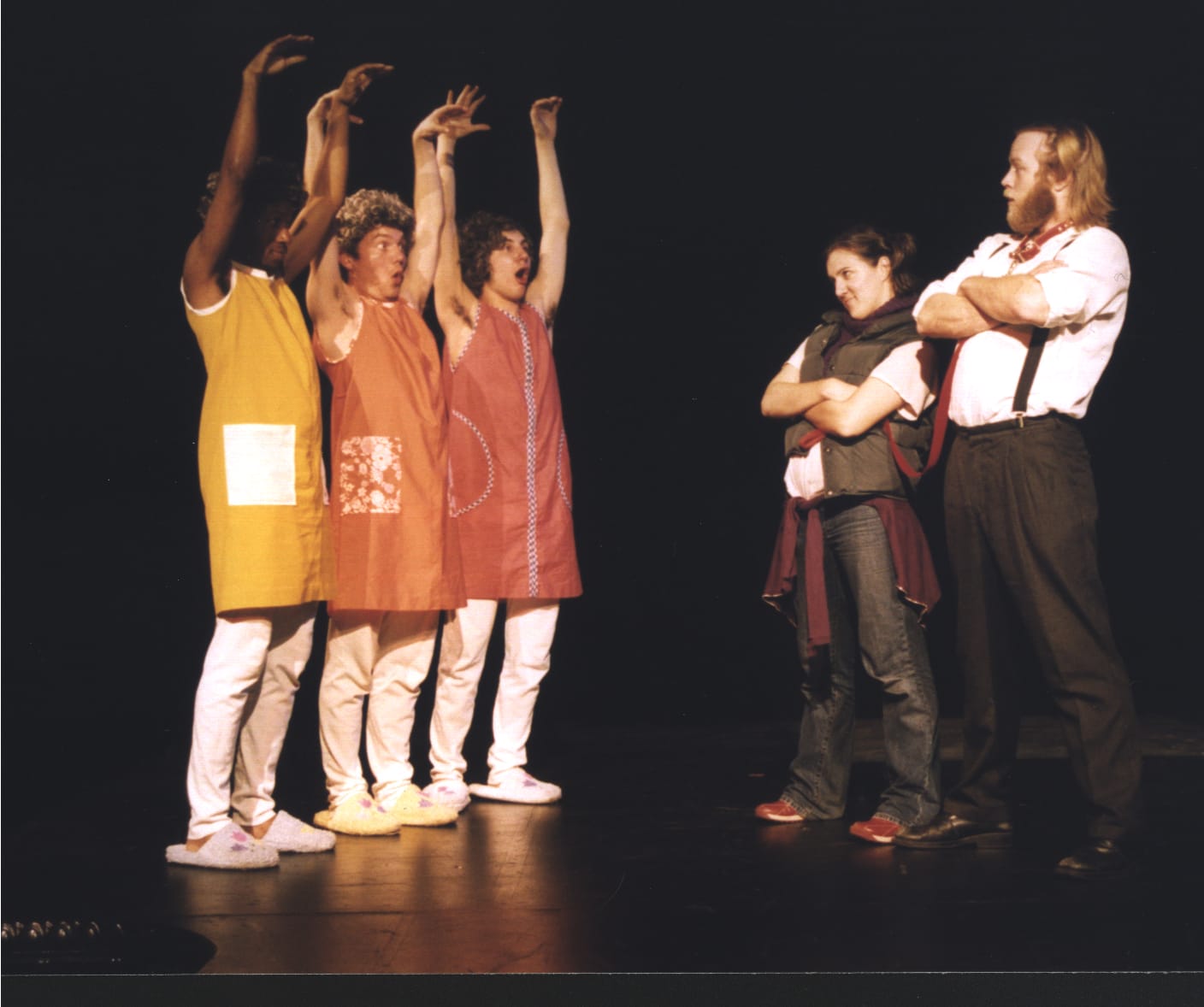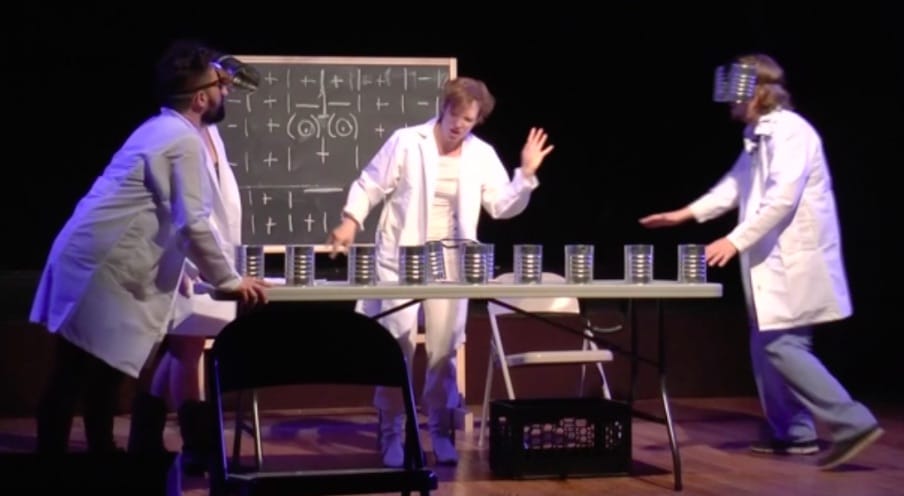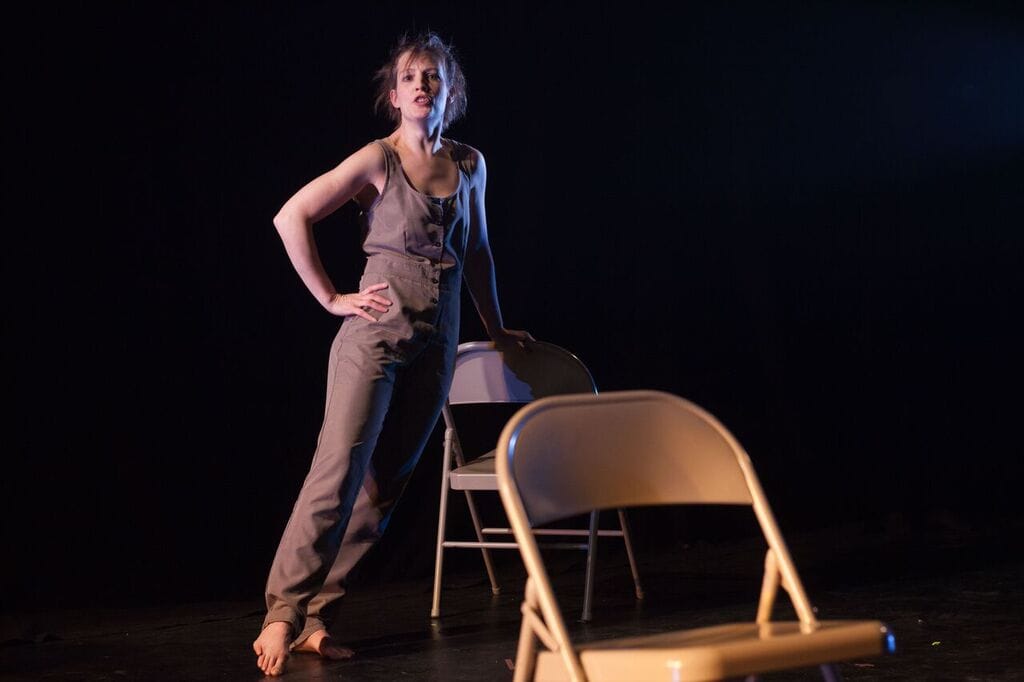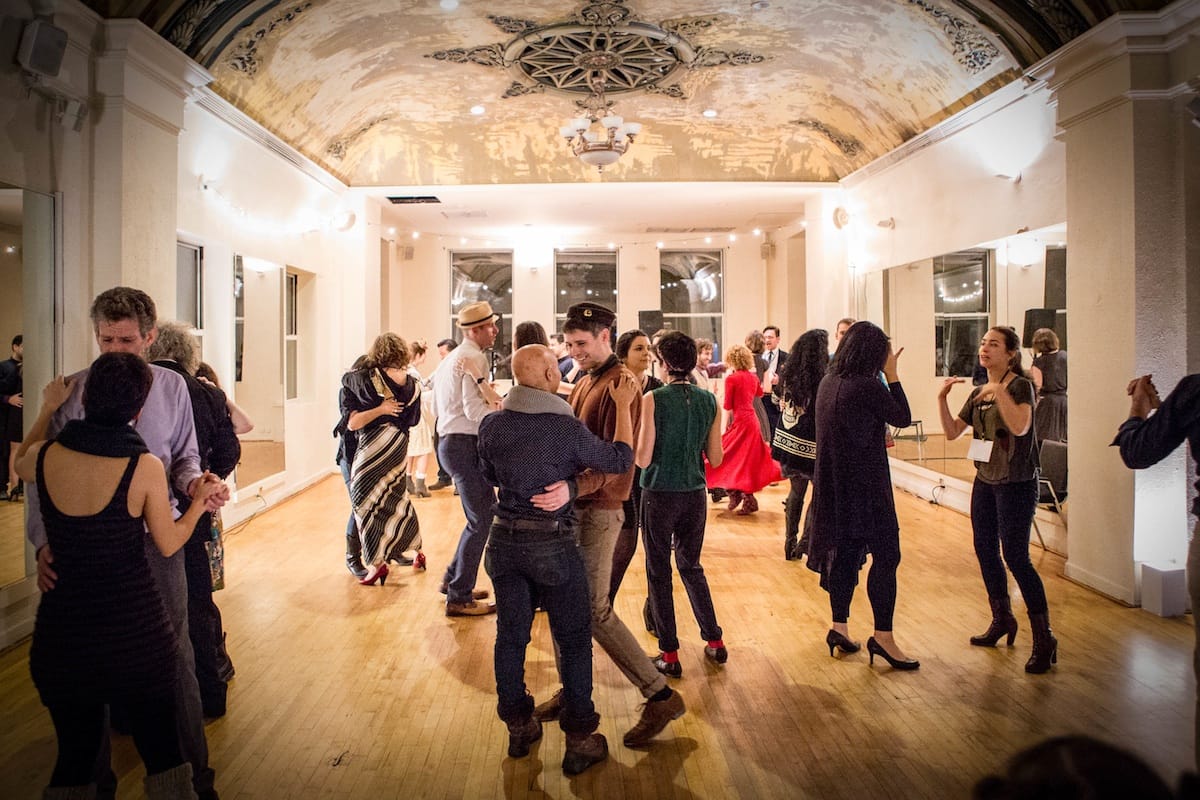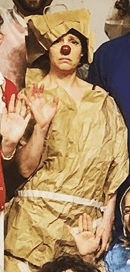Kate Brehm is a movement director and artist specializing in puppetry, performing objects, and physical acting. She is professionally certified in the Margolis Method. She lectures and leads workshops in puppetry, theater and live art. Her company, imnotlost, produces puppet shows, plays, and interactive events in NYC. Her research explores a critical history of performing design. She tours internationally with critically acclaimed puppeteers, works as a theater technician, and fabricates puppets.

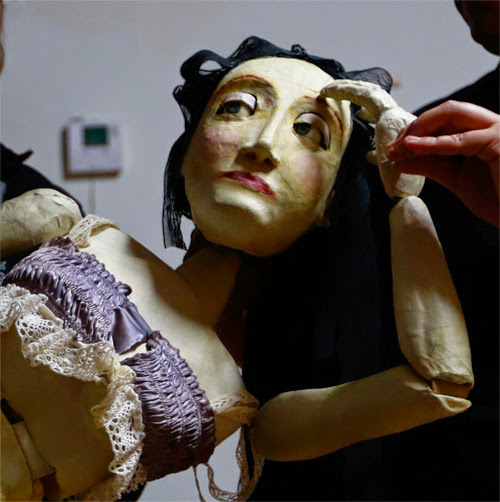
I teach physical and visual storytelling tools for performance and devising. My laboratory classes are on your feet and participatory. They incorporate Margolis Method exercises and improvisations for performers and directors. Empowering students to foster their own ideas is paramount. The training emphasizes true collaboration between living performers and inanimate storytellers such as architecture, lighting, objects, and puppets. VIEW TEACHING RESUME PDF
Workshops (3 Hour Introductions)
-
Moving Objects
This workshop is a taste of performing puppetry. It can be catered to puppeteers, dancers, or actors working with props and scenery.
-
Performing Design
This workshop is a taste of Puppet Theater. It addresses either Toy Theater, Shadow Theater, Full Body Creatures, or Performing Installations.
Courses (12 Sessions)
-
Performing Puppetry
This laboratory movement course trains students’ bodies to generate story without words while expanding their minds’ ability to recognize the potential for liveness in the inanimate. We work with simple objects, solo tabletop puppets, giant ensemble puppets, and bunraku-style dolls.
-
Puppet Theater: designing and devising worlds
Contemporary puppet theater approaches design and devising from a wholistic perspective. All objects onstage contribute to a total performing world. Through the lens of puppetry, this course asks students to consider how all theater might use design elements as active storytellers.
-
Physical Theater: The Actor Instrument
In this studio course, students hone the actor’s instrument: their body. Exercises study verticality, volume, core, and connection to the floor. Improvisations explore the dramatic potential in concepts like honest timing, justifying actions, and setting up expectations.
-
Physical Theater: Ensemble Devising
This course explores methodologies for devising physical theater in a group including those used by the Margolis Method, Frantic Assembly, and Lecoq.
Contact me for Teaching Brochure or Syllabi
Lectures
-
Artist Talk: The Puppeteer Perspective
Over two decades as a practicing artist, I have noticed a plethora of insights unique to the puppeteer’s approach. In this 45 minute lecture, I use examples from my 25 year career to outline puppetry’s traits and argue that it is all around us, hidden from recognition.
-
Cinematic Techniques in Live Puppetry
is a 25 minute lecture that discusses the development of The Eye Which We Do Not Have and how it was inspired by Gilles Deleuze's text, Cinema One and Understanding Comics by Scott McCloud.
Residencies
-
Performance Development
Performance Development residencies with students are available. Students assist as actor-dancer-puppeteers in the development of available projects. Currently, Techne or Discrepancies are suitable and in process.
-
Community Poofing
Community Poofing is a workshop and performance experience in Live Art. Our aim is to connect people through collaboration, risk-taking, and wonder. We are available to visit your town, school, club, or workplace. See POOF

- Poof World dramaturgy clown
- Discrepancies dramaturgy choreography
- Godzilla IVF dramaturgy shadow puppets
-
Leading and Following
I’m absorbed with leading and following. Three bunraku puppeteers communicating with one another solely via their bodies and breath appears magical. Discrepancies explores what I call, Collective Puppeteering, an ensemble of puppeteers disconnected in space, operating separate objects that together represent a single being.
-
Liveness
My puppetry is a study in liveness. Agency in a figure could be considered the defining traits of a puppet, but in practice, puppetry also includes angry wind, exploding volcanoes, rustling trees, and animated windows. More traditional ‘animal life’ enables a study of the wonder in suspension of disbelief. The ability of a puppet to transform from a non-agent ‘plant life’ to animal life and back, as my Poof puppets do, is equally compelling. Puppet Theater’s sunsets and earthquakes, or ’universe life,’ point me towards a larger vision of puppetry as total performing worlds.
-
Scenography as puppetry
I have always been interested in contemporary abstract puppetry. More recently it has lead me to scenography. I explore how the mise en scene of the stage can effectively be puppeteered and brought to ‘life’ in works such as Wall of Windows and Things Fall Apart.
-
Visual storytelling
I am intrigued with storytelling tools of cinema and comic books, but performed by hand onstage. The Eye Which We Do Not Have attempts a story arc guided by live framing, close-ups, long shots, sequence, and a roving perspective like that of a camera.
-
The psychological impacts of technology.
Since working as a creative researcher at a computer lab I’ve been interested in humanity’s relationship to technology. Specifically, its psychological impact, the internet, empathy and robots. Recently, I’ve begun exploring theater’s interplay with virtual reality.
Associated critical areas of study include: cinema, comics, psychology of art, affect, embodiment, consciousness, the phenomenology of time, touch, reality, and pretend.
-
Blog Posts
Zine: Beep Beep Issue #1 - Pretending to Be Real (2010)
Visual Thinking - Pretending to Be Real (2012)
- Book Chapters
Movement is Consciousness In: The Routledge Companion to Puppetry and Material Performance. (2014) Edited by:Dassia N. Posner , Claudia Orenstein , John Bell. Routledge
- Conference Papers
Pattern, Timing, Space, Control: The Puppeteer's Body as Site of Meaning-making. ASTR (2020,21)
The Essence of Storytelling: Packets. Margolis Method 2nd International Conference (2019)
Margolis Method for Puppetry and Object Theatre Training. Margolis Method Conference (2018)
Towards a Taxonomy of Affective Performing Scenery in Puppetry. The Critical Exchange The Puppeteer's of America Festival (2015) ASTR (2022)
- Journal Articles
Seeing Puppetry: Winter Report from New York City. PAJ: A Journal of Performance and Art 2023; 45 (1 (133)): 22–33. https://doi.org/10.1162/pajj_a_00638
Satanicide (Critical Acts) (2003) TDR 47: 1. 86-88 spring www.jstor.org/stable/1147032
Evolution of a Tiger. Nick Barnes and Finn Caldwell. Interview by Kate Brehm October 2022 https://americanrepertorytheater.org
"I consider all of my art research.”
- Book Chapters
Scenography is “an all-encompassing visual-spatial construct as well as the process of change and transformation that is an inherent part of the physical vocabulary of the stage”
-- Arnold Aronson.

Available for one-on-one movement consultations or large projects
Hire Me





















